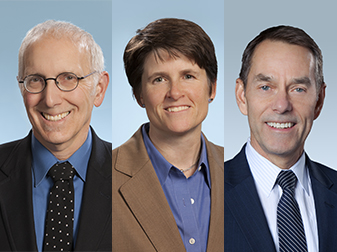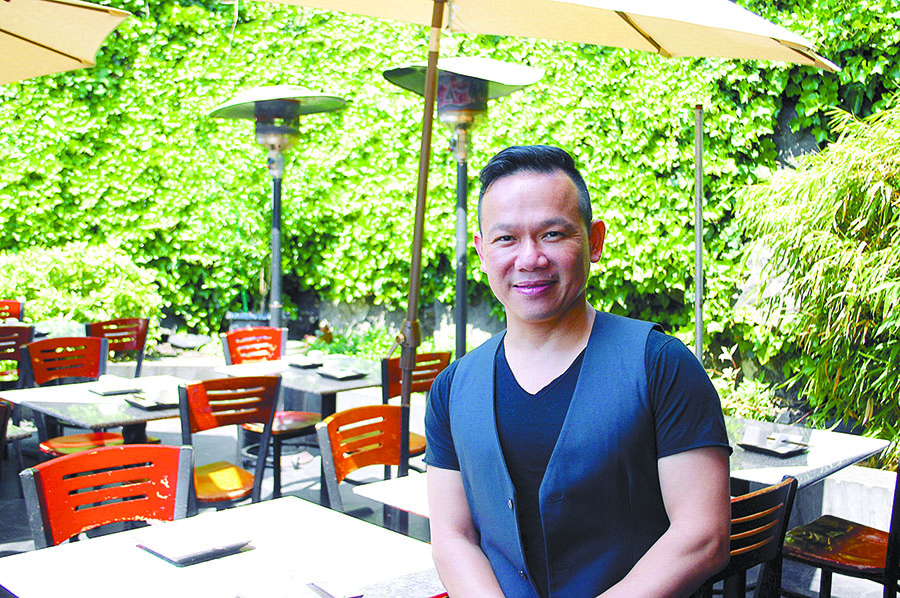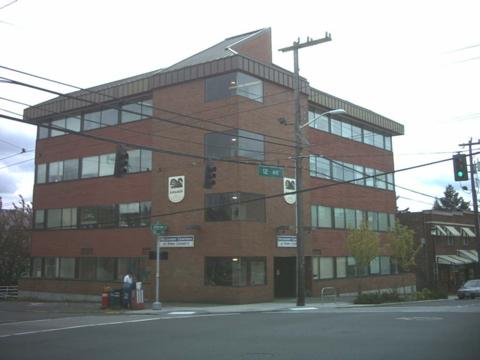Seattle’s political landscape is being dramatically transfigured before our very eyes. Palace intrigue has City Hall ablaze in rumor and speculation. No one saw this coming. In less than a month, three senior City Council members, with 40 years of collective experience, have decided to call it quits. The departures of Nick Licata and Tom Rasmussen, though mildly surprising, were not altogether unexpected. Both are in their late 60s, their political careers largely spent.
But Sally Clark’s decision last week to not seek re-election came as a real shock to her colleagues. It has created a fascinating game of musical chairs, which could end with Mayor Ed Murray strengthening his ability to set and implement his policy agenda.
There hasn’t been this much upheaval at City Hall since 1997, when voters elected three new council members: Richard Conlin, Peter Steinbrueck, and Licata.
As Councilmember Bruce Harrell told Seattle Weekly: “Sally has really thrown a wrench into things.”
Has she ever.
Within two hours of Clark’s announcement, Murray’s in-house legal counsel, Lorena Gonzalez, seeking to become Seattle’s first Hispanic council member, dispatched a press release declaring her candidacy for the at-large seat that Clark was thought to be running for.
More dominoes fell.
In the wake of Clark’s February surprise, Councilmember Mike O’Brien immediately began to reassess his place on the game board. With Clark bowing out, O’Brien is now pondering whether to remain a candidate in District 6, which stretches from Green Lake west to Golden Gardens, or put his chips on that same at-large spot, making a citywide bid for re-election.
The district race is O’Brien’s to lose, and would give the popular progressive a four-year term, thereby providing him the option of running for mayor in 2017—and O’Brien does have mayoral ambitions—without having to surrender his seat. The at-large citywide seat could well broaden his political profile. But there’s a risk: none greater than the fact that it affords only a two-year-term—a result of the council redistricting approved by voters in 2013—meaning that if he did run and lose the mayoral race in less than three years from now, he’d have no council seat to fall back on.
“I’ve always contemplated running at-large,” O’Brien told me Friday. “I don’t know. I am just going to take a breath right now and talk to my family.” If O’Brien were to abandon his District 6 quest, Catherine Weatbrook, a Ballard community leader who co-chairs the City Neighborhood Council, would be the lone contender, though the filing deadline isn’t until May 15. City Hall observers say the betting odds favor O’Brien staying put.
“Ed wants a Council in which every member likes him and is friendly with him.”
By far the most provocative development is evolving in District 3, the Central Area/Capitol Hill/Madrona/Madison Park district occupied by Socialist Councilmember Kshama Sawant. Seattle Weekly learned late last week that Pamela Banks, president and CEO of the Urban League of Metropolitan Seattle, is all but certain to take on Sawant, and she’d be a formidable challenger.
Banks, 55, worked for the city for 30 years, serving as a senior policy advisor on neighborhood and transportation issues for former Mayor Greg Nickels. A single mother, a woman of color, and a Central Area condo owner, Banks said she’s assembled a “kitchen cabinet” that includes prominent Democratic strategist Christian Sinderman, who, like Murray, would like nothing more than to see Sawant defeated. (Sinderman shaped House Speaker Frank Chopp’s landslide victory over Sawant’s friend and fellow socialist Jess Spear in 2013.)
“No one is more an irritant to him [Murray] than Sawant is,” said Licata.
Political consultant John Wyble, who managed ex-Mayor Mike McGinn’s unsuccessful bid for re-election in 2013, was just as blunt: “Ed wants a Council in which every member likes him and is friendly with him.”
Sawant’s high-profile dissents have rankled Murray—most particularly her lone vote against the confirmation of new police chief Kathleen O’Toole last June, and, four months later, her lone vote against his 2015–15 budget.
Murray’s press secretary Jason Kelly said the mayor did not want to comment on Council politics.
“I’m pretty sure I’m going to do this,” Banks told me in an interview at her Urban League office last Thursday. “It’s about getting things done. I’m a collaborator. That’s my style. I try to get along with people and I want to be reasonable. I’m not into the national spotlight.”
As a parting jab at Sawant, she added, “I work with poor people. It’s going to be hard for her to call me a corporatist . . . I can be a street fighter, too.”
Banks said that neither the mayor nor any of his staff approached her or encouraged her to run against Sawant. Also in that District 3 race is Rod Hearne, vice chair of Equal Rights Washington, and Morgan Beach, a Portage Bay resident who chairs the Economic and Educational Opportunities Committee on the Seattle Women’s Commission. Several council members, including Clark, confirmed that Banks will run and most likely beat Hearne and Beach as the biggest challenger to the incumbent. This, council members said, could set the stage for Sawant to change direction and file for the other citywide seat, Position 9, for which Burgess is currently considered the favorite.
A Sawant/Burgess race would be a high-stakes clash of titans. It’s hard to conceive of any contest getting more attention.
Nursing a latte at a Pioneer Square coffee shop last week, Clark, who has never warmed to Sawant and has in the past endorsed Burgess, likened the potential political battle to a struggle between a pig (Burgess) and a python (Sawant), and suggested that Sawant might be biting off more than she can chew if she were to challenge Burgess.
“That,” said Clark, “would be a pretty big pig for that python to swallow.”
Sawant’s office declined to return phone calls seeking comment.
As to her decision to leave, Clark, a council member since 2006, said, “There was not a single tipping point. It is just that at 48, I figured it was time to take the next step. I’m a Gen-Xer. I have two or three more careers to go through.”
So what does all this ultimately mean for Ed Murray?
Well, for starters, it means a good deal more political clout. Already the district elections empower the executive.
“Ed will vastly increase his power now,” says Clark. “The members [at least the seven elected by district] will deal with their own district and cede the bigger vision, the bigger picture to the mayor.”
Adding to that power shift is the rookie factor. By this time next year, it is well within the realm of possibility that there will be four new City Council members—three of whom will be replacing Licata, Rasmussen and Clark. The fourth newcomer could emerge from District 4 (Laurelhurst, View Ridge, Ravenna, and Wedgwood), where 83-year-old incumbent Jean Godden is thought to be in serious jeopardy of losing to either of a pair of young chargers: Transportation Coalition Choices executive director Rob Johnson or Democratic Party activist Mike Maddux.
Bruce Harrell said it takes time time to learn the job, and Murray will be able to capitalize on that inexperience in controlling his agenda. With the very real chance that four of the nine members will be raw, Harrell added, “It will take a while for us to be an effective governing body.”
Still, O’Brien sees an upside to the political turmoil. “It’s exciting. There will be a lot of change, and I think it will be good for the city.”
econklin@seattleweekly.com








